This article was co-authored by Courtney Foster. Courtney Foster is a Licensed Cosmetologist, Certified Hair Loss Practitioner, and Cosmetology Educator based out of New York City. Courtney runs Courtney Foster Beauty, LLC and her work has been featured on The Wendy Williams Show, Good Morning America, The Today Show, The Late Show with David Letterman, and in East/West Magazine. She received her Cosmetology License from the State of New York after training at the Empire Beauty School - Manhattan.
There are 8 references cited in this article, which can be found at the bottom of the page.
This article has been viewed 39,127 times.
Most people lose about 100 hairs a day out of the 120,000 – 150,000 hairs on their head.[1] Hair loss greater than this normally occurs gradually due to aging and hormonal changes for both men and women. Pattern baldness tends to be inherited with ½ of men beginning to go bald by 30. Rapid hair loss can be caused by stress, medications, childbirth or illness and should always be discussed with your doctor. There are many things you can do to treat, prevent and improve the appearance of hair loss.
Steps
Treating Hair Loss
-
1Use lotion meant for hair loss. If you notice your hair thinning, consider using a nonprescription foam or lotion with the chemical minoxidil in it, such as Rogaine.[2] This chemical can enlarge hair follicles and help to increase hair growth. It may take up to 4 months to see results, however, and you would have to use it twice a day indefinitely.
- Minoxidil can irritate the scalp and cause itching, flaking and redness. If you have a sensitive scalp you may want to consider some other treatment for hair loss.
- Once you stop using Minoxidil, your hair will probably begin to thin again.
- Minoxidil has been shown to be effective in up to seven out of 10 men for re-growing hair and slowing hair loss.[3]
- If you are a woman who is breastfeeding, you should not take minoxidil, as it may contaminate breastmilk.
-
2Take medication. Medication for male pattern baldness usually includes finasteride, which blocks an enzyme responsible for converting testosterone to dihydrotestosterone (DHT). DHT contributes to thinning hair and pattern baldness by shrinking the hair follicles that grow hair. Finasteride is extremely effective for most men and some women at slowing hair loss, while also allowing you to regrow some of the hair you have lost.
- Know that if you stop taking finasteride, your hair loss will likely continue.
Advertisement -
3Combine hair lotion and pills for hair loss. If you want greater results stopping hair loss, then combine treatments. You can use minoxidil externally and finasteride pills together. However, be aware that you have to continue the treatment indefinitely, which can get expensive and difficult to maintain over time.
-
4Use bhringaraj (eclipta alba). This is an ancient Ayurvedic hair loss herb. It is used in Ayurvedic medicine to slow hair loss and balding, regrow hair and help with premature graying. Topical application has been shown to reduce the time to regrow hair and to increase the number of hair follicles in the growth phase.[4]
- You can purchase eclipta alba oils at a local market or online. You can also make your own by heating 50 grams of crushed or ground bhringraj plant in 200ml in oil, such as coconut oil, for 10 minutes. After the oil has cooled overnight, strain the oil.
- Massage eclipta alba oil into your head and scalp at least once every day.
-
5Make an indian gooseberry or amla (phyllanthus emblica) rinse. This is an Indian herb that is highly nutritious and a good source of vitamin C, carotene and iron. It has been used since ancient times to help stop hair loss. You can use an alma rinse made from alma pieces soaked in water overnight. Regularly rinse with the alma water after you shampoo.[5]
- You can also use dried amla pieces heated with coconut oil until the oil turns dark. After letting the oil cool, remove the amla pieces and massage the oil into your scalp daily.
-
6Try an aloe vera hair mask. Aloe vera helps stimulate hair follicles and remove dead skin cells that can clog hair follicles. You can purchase aloe vera gel or juice from the store or use the gel from off of a plant. Make sure the store bought aloe does not contain extra chemicals.
- To make an aloe vera hair mask, use half a cup of aloe vera gel with 2 TBS of castor oil and mix together. You can apply this to your scalp, cover your hair and leave it on for 8 hours. Repeat this as often as possible.[6]
- To use an aloe vera leaf for gel, cut off a thick leaf at the base of the plant. Cut the leaf open and scrape off the gel inside. If you don’t use all of it, you can store the rest of the leaf in the refrigerator for use another day.
-
7Use yucca in your hair. This plant is traditionally used in Native American remedies. Some people also use yucca for baldness. The saponins in the root reduce inflammation and itching. Yucca can usually be purchased in health food stores.
- Peel the yucca root and smash it before mixing it in with shampoo or directly onto the scalp. Rinse and repeat regularly. You can also use yucca extract or 1 TBS of root powder mixed with 2 cups of water as a shampoo.[7]
-
8Get regular head massages. Massages increase blood flow to the scalp and bring nutrients to the hair follicles. This can help strengthen your hair and reduce hair loss. It can also help with stress relief. Get scalp massages 2-3 times a week to help treat hair loss.
Preventing Hair Loss
-
1Avoid stress.[8] Stress can be a huge factor in hair loss. It can change the way that hair grows on your head and cause you to shed a large amount at one time. Try to relax and don’t let day-to-day events cause you to worry excessively.
- Know that you can’t conquer hair loss overnight. It takes time to deal with the issues behind hair loss and start to regrow your hair. Don’t stress out over your hair loss.
-
2Practice Meditation. Meditation can help eliminate stress and keep you calm. It will promote emotional and physical well-being, including the health of your hair. Take a five minute break every day to close your eyes and focus on your breathing.
- Inhale slowly through your nose, concentrating on the way your breath feels as it passes through your nostrils into your chest. Fill your belly with air so that it expands. Exhale through your nose and notice as your abdomen deflates. Repeat this until you feel calm and relaxed.
-
3Exercise. Exercising helps keep your body healthy and increase blood circulation. It can also keep stress at bay. You can try walking, yoga, playing sports or swimming—anything that gets your heart pumping that you find enjoyable. Exercise also releases endorphins that make you feel good and decrease the stress that can cause hair loss.
-
4Don’t use chemicals in your hair. Hair dyes, sprays, heat, perms and relaxers, all contribute to hair breakage and loss. They can cause damage to your scalp and make your hair brittle and dry. Chemicals are never good to use when you are losing your hair and can even be the culprit, so stay away from them.
- Condition your hair regularly.[9] Warm oil treatments or olive oil left on overnight twice a week can improve the condition of your hair.
-
5Clean and brush your hair. Regular hair maintenance is important for keeping your hair healthy. Tangles can create breakage, so you will want to shampoo your hair regularly and brush it out every day. The scalp secretes oils when hair is brushed that keeps hair healthy. Though brushing can seem to cause some hair loss, it is usually the hair we are shedding naturally that comes out.
- Brushing wet hair or aggressively towel drying your hair can damage it. Be gentle with your hair.
- Some hairstyles like cornrows, tight braids or pony tails can cause hair loss. Don’t do your hair this way anymore if you notice that you are starting to lose more hair than normal.
- Bad brushes can also contribute to breakage, so use a good quality brush with soft bristles or a wide-toothed comb.
-
6Eat healthy.[10] Some vitamin and nutrient deficiencies can cause hair loss. You will want to make sure you are eating lots of green, leafy vegetables, fruit, whole grains, omega 3 fatty acids and protein. You may want to take a whole foods-derived multivitamin to keep your skin and hair healthy.
- Omega 3 fatty acids nourish hair follicles, keep hair more elastic to prevent breakage and promote hair growth. Eat flaxseeds, walnuts, salmon, sardines and soybeans. You can also take an omega 3 fatty acid supplement.
- If you’re deficient in zinc, you can lose your hair. Zinc is essential for hair growth and repair, so be sure to include foods like oysters, crabs, lean meats, wheat germ, spinach, squash, sunflower seeds and nuts into your diet.
- Include vitamins A and C in your diet. These vitamins help produce the oil secreted by hair follicles that keep hair strong. Eat carrots, sweet potatoes, spinach, collard greens, swiss chard, winter squash and lettuce for vitamin A. Vitamin C can be found in papaya, peppers, strawberries, pineapples, Brussel sprouts, oranges, kiwi, broccoli and kale.
Finding Other Solutions
-
1Wait. Sometimes you just have to wait for your hair to resume its normal cycle. This can take some time, though, usually months to years. Spend this time focusing on getting your body and mind healthy so that your hair will stay healthy too.
- If you lose your hair after menopause or childbirth, it can take 6 months to 2 years to regain normal hair growth.
- If you lost your hair due to an illness or high fever, then hair growth will usually go back to normal once the illness is under control or the fever has ended.
- Hair loss can be caused by medication or radiation therapy and will likely grow back once you are finished with the medicine or therapy. You might also consider changing meds.
-
2Wear a wig, weave, or hair piece. A wig, hat or other type of hair replacement can be inexpensive, safe and help you maintain the appearance of a full head of hair. Changing your hair style can also disguise thinning hair. In some cases, your hair may grow back while you are wearing a wig, weave or hair piece and you won’t need it anymore.
-
3Get a hair transplant. Hair transplants can be an expensive but effective means to solving a thinning hair problem. Right now the most common types of hair transplants are follicular unit strip surgery (FUSS) and follicular unit extraction (FUE). Technology is rapidly advancing, though, so new techniques may be available in the future.
- The FUSS procedure involves a strip of hair from a donor region that is implanted and often sutured into the desired area. Several grafts can be transplanted for more moderate to severe hair loss.
- With a FUE procedure, hair strands from the back and sides of the head are transplanted into the desired area in groups. FUE can provide very natural-looking growth and does not usually involve any major cutting so it has less recovery time than FUSS.
- Keep in mind that you may require additional sessions if you are not happy with the results or lose more hair.
-
4Have a scalp reduction done. For this procedure, the surgeon will remove a bald area of your scalp. The skin on your scalp is elastic and can be stretched to move areas of hair over the area that was removed.[11] Headaches can occur after this procedure but can be treated with pain relievers.
-
5Try laser hair restoration. This procedure can stop hair loss and encourage more hair growth. A laser is passed over the scalp to stimulate it, encouraging blood and nutrients to reach the hair follicles. Some people have found laser hair restoration effective for hair loss.
Expert Q&A
-
QuestionHow can I stop losing hair?
 Courtney FosterCourtney Foster is a Licensed Cosmetologist, Certified Hair Loss Practitioner, and Cosmetology Educator based out of New York City. Courtney runs Courtney Foster Beauty, LLC and her work has been featured on The Wendy Williams Show, Good Morning America, The Today Show, The Late Show with David Letterman, and in East/West Magazine. She received her Cosmetology License from the State of New York after training at the Empire Beauty School - Manhattan.
Courtney FosterCourtney Foster is a Licensed Cosmetologist, Certified Hair Loss Practitioner, and Cosmetology Educator based out of New York City. Courtney runs Courtney Foster Beauty, LLC and her work has been featured on The Wendy Williams Show, Good Morning America, The Today Show, The Late Show with David Letterman, and in East/West Magazine. She received her Cosmetology License from the State of New York after training at the Empire Beauty School - Manhattan.
Licensed Cosmetologist Be sure to eat a healthy and nutritious diet so your hair doesn't weaken. You may also lose hair if you put tension on it, so avoid wearing hats or pulling your hair into a tight ponytail.
Be sure to eat a healthy and nutritious diet so your hair doesn't weaken. You may also lose hair if you put tension on it, so avoid wearing hats or pulling your hair into a tight ponytail.
References
- ↑ http://www.webmd.com/beauty/hair-health-11/hair-stress-effect?page=2
- ↑ Courtney Foster. Licensed Cosmetologist. Expert Interview. 9 December 2019.
- ↑ http://www.webmd.com/skin-problems-and-treatments/hair-loss/features/how-prevent-balding
- ↑ http://www.ncbi.nlm.nih.gov/pubmed/18478241
- ↑ https://www.organicfacts.net/health-benefits/fruit/indian-Gooseberry-Amla.html
- ↑ http://www.naturalandhealthyliving.com/aloe-vera-for-hair-loss/
- ↑ http://www.skincareguide.com/article/skin-conditions/hair-loss/hair-loss-natural-remedies-yucca
- ↑ Courtney Foster. Licensed Cosmetologist. Expert Interview. 9 December 2019.
- ↑ Courtney Foster. Licensed Cosmetologist. Expert Interview. 9 December 2019.
- ↑ Courtney Foster. Licensed Cosmetologist. Expert Interview. 9 December 2019.
- ↑ http://www.webmd.com/skin-problems-and-treatments/hair-loss/cosmetic-procedures-hair-loss?page=3
About This Article
To stop rapid hair loss, try massaging your scalp 2-3 times a day to increase blood flow to your hair follicles. You should also try reducing your stress levels, which can cause hair loss, by taking time each day to relax and let go of your day-to-day worries. To do this, try meditating, practicing yoga, or simply taking a long walk. If you’re still experiencing hair loss, consider applying an over-the-counter hair lotion, such as Minoxidil, to your scalp to enlarge your hair follicles and increase hair growth. If hair lotion doesn’t work, you can also try taking a prescription medication like Finasteride, which will shrink your hair follicles to prevent hair loss. To learn how to get a hair transplant, read more from our Medical co-author.
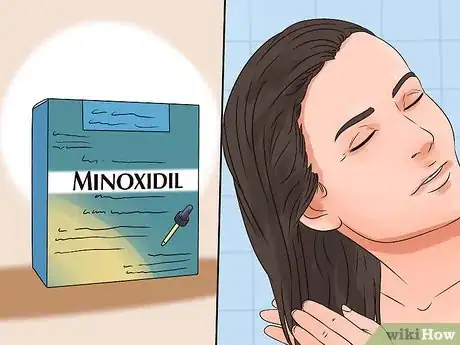

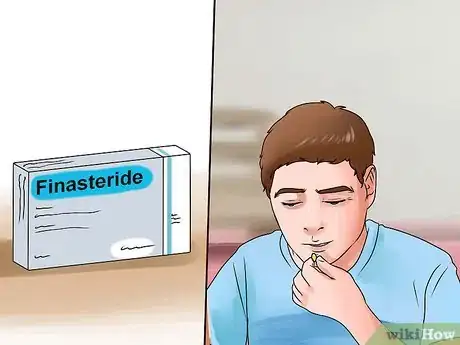
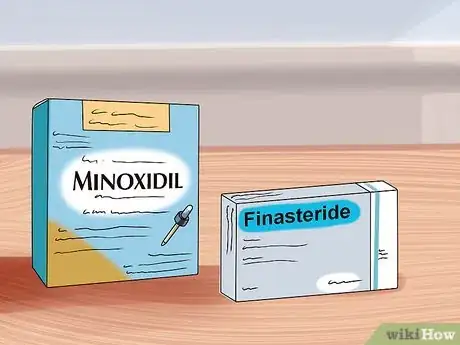
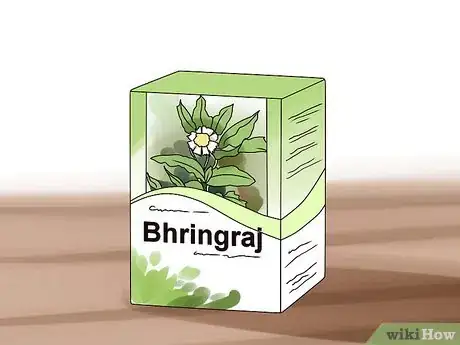

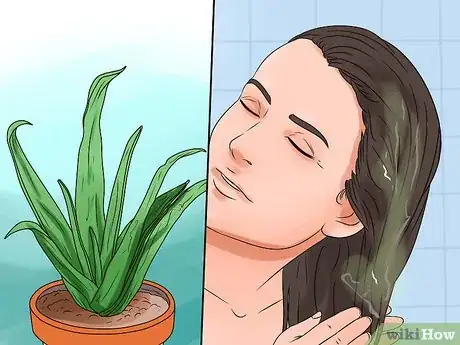
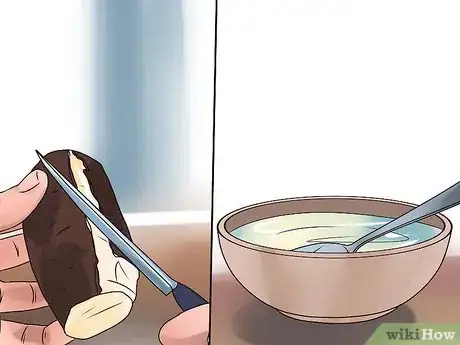
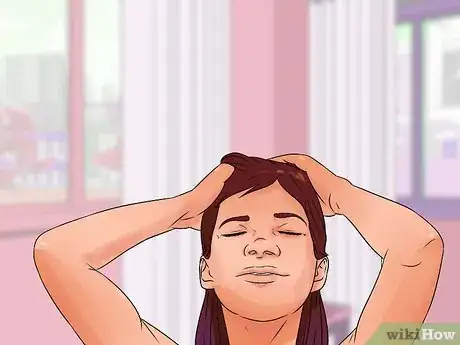
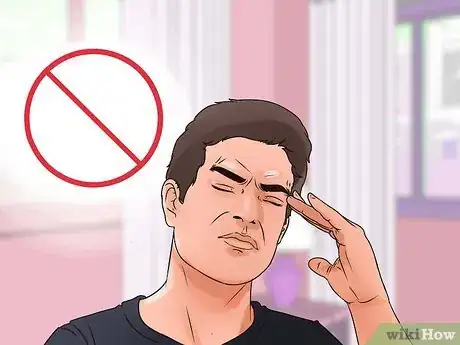

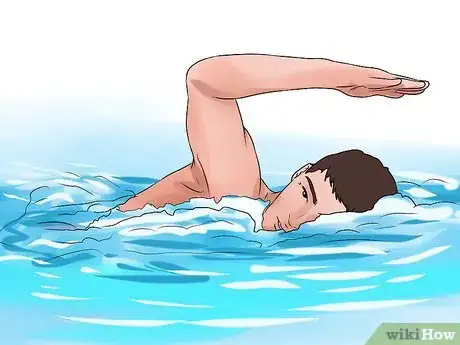
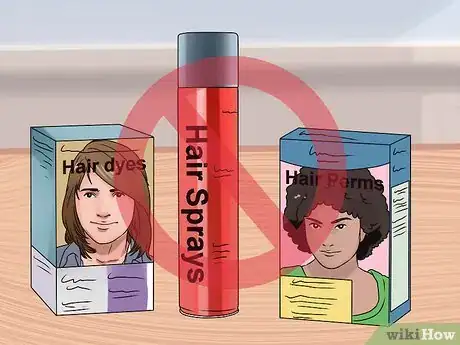
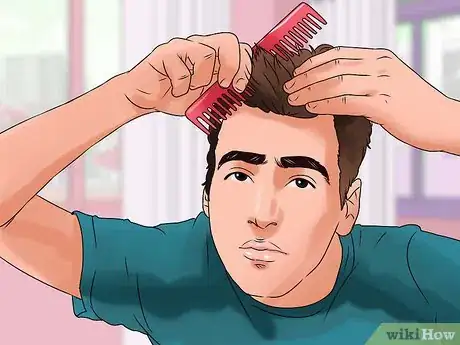
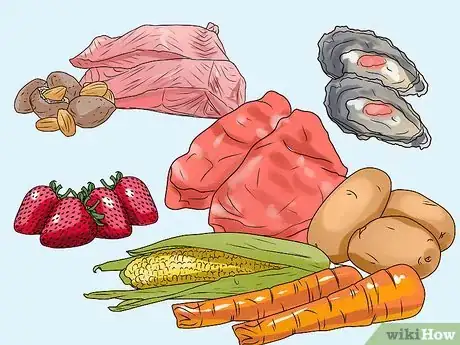

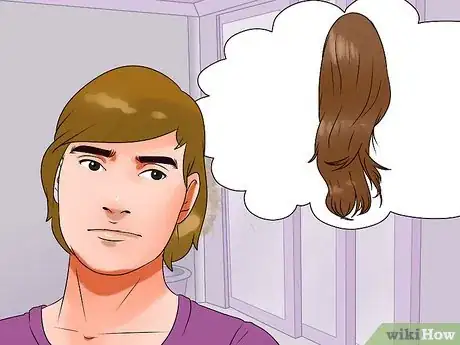
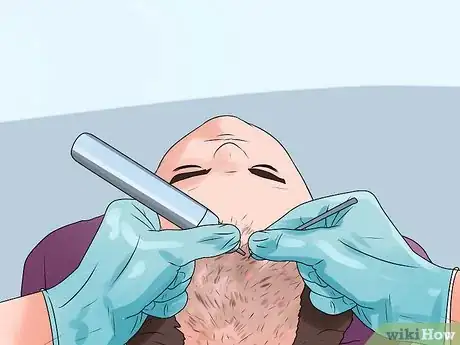
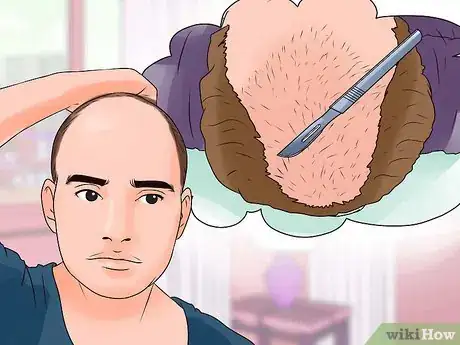
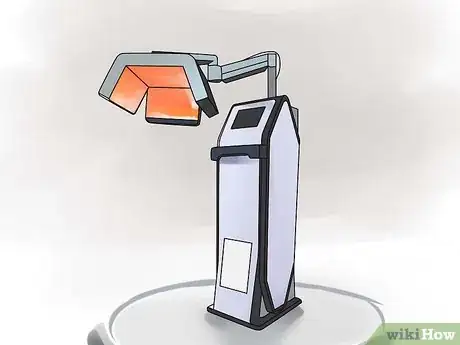
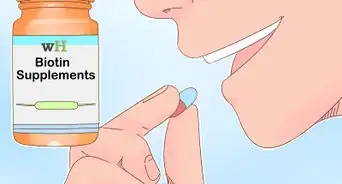
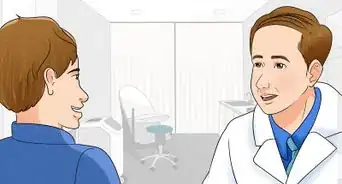
-Step-11.webp)
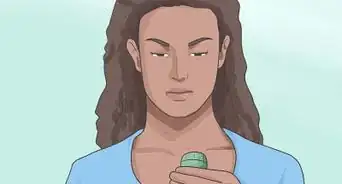
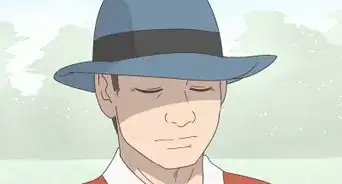
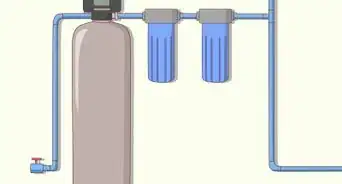
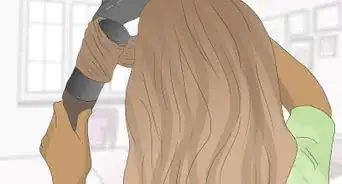
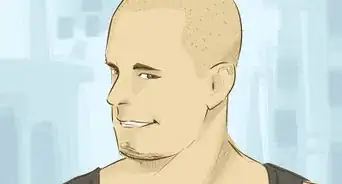
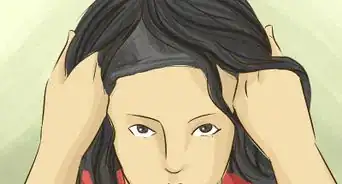
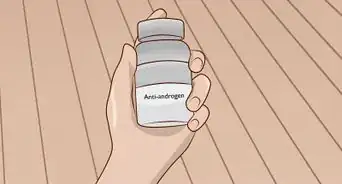

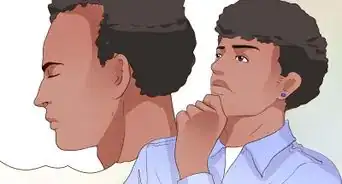

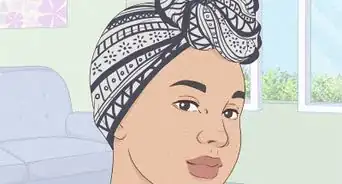






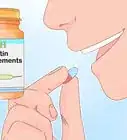
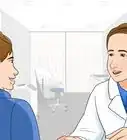
-Step-11.webp)




































